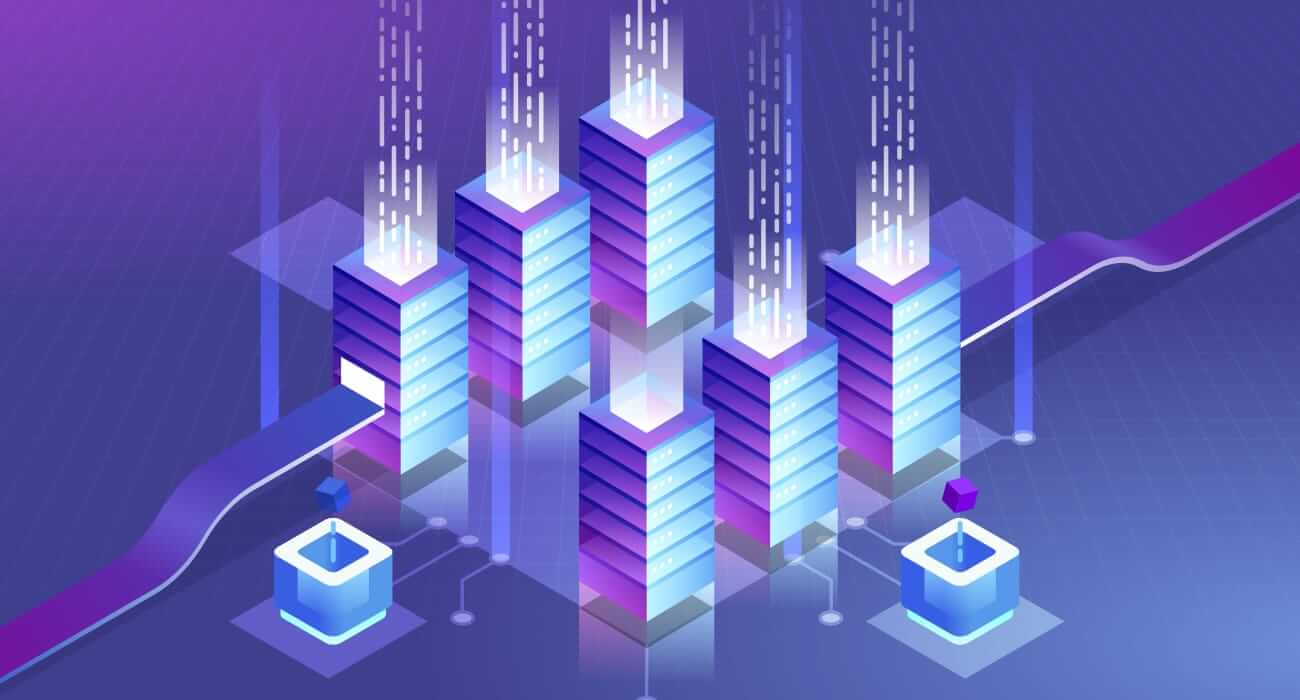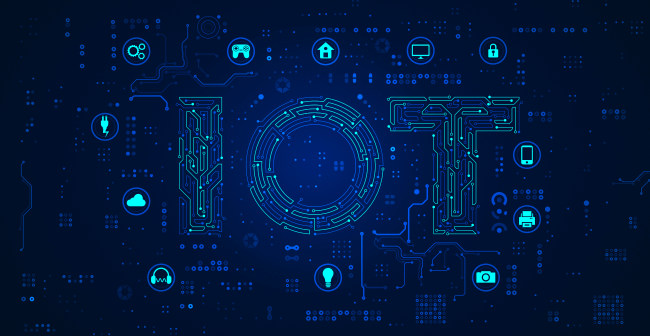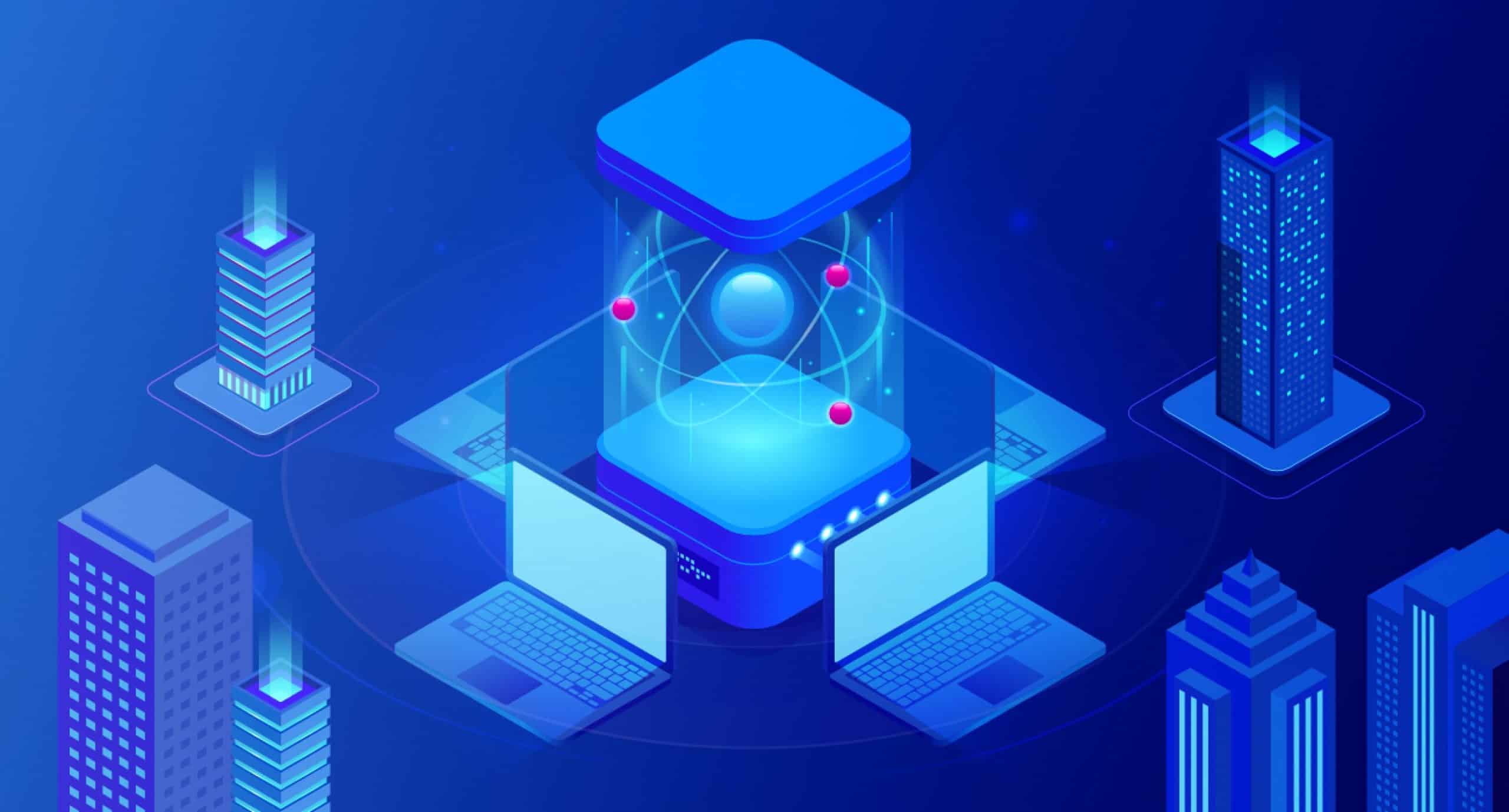Data centers are everything but static. One of the major data center challenges organizations faces is overcrowded data centers, with little to no room to add new resources. Many data centers operate above safe capacity limits, with little or no room to expand.
According to IDC data, a typical data center is about 9 to 10 years old, and according to Gartner's report, any site older than seven years is considered obsolete.
Getting optimal data center performance is going to be a rising challenge!
With advancements in technology like 5G Monetization and changes to data center infrastructure, new data center challenges keep on arising while the old ones continue to evolve.
In addition to the cooling & power management, data storage and load balancing are some of the other data center challenges driving spending on data center management tools.
So, how do you avoid making costly errors when entering the building and expansion arena? Read along to know!
Top 8 Data Center Challenges & their Solution
Below are the eight top challenges & factors that impact data center performance:
Challenge #1: Insufficient Space for Expansion
One of the major data center challenges is related to proper space utilization. Every data center is bounded by physical space constraints, geographical constraints and Infrastructure constraints.
Most data centers are developed considering some expansion tolerance to ensure the smooth operation of the data center. But, switching to old v/s new racks or data refresh often ends up in one of these three situations:
- Too much space
- Too little space
- Heating issue.
Solution:
So to make good use of the physical space of your datacentre, ask yourself these three questions:
- Is there enough room for expansion?
- Do the regulations allow the data center to expand up?
- Do the surroundings allow the data center to expand out?
Having the answer to these three questions will help you get the most out of your data centers and expand exponentially without falling short on physical space.
Challenge #2: Data Security
One of the major data center networking challenges is data center security. There are several common Data security challenges like physical security, access-related issues such as Denial of Service (DoS), data breaches and data loss.
Data breaches can cost you millions of dollars in intellectual property loss and data loss. Target, for instance, lost $162 million because of a data breach.
Solution:
Data center administrators must consider risk management and protect both stored and distributed data across the network. Administrators should also be equipped with a disaster recovery plan and be prepared to execute it in a catastrophic scenario.
Challenge #3: Uptime and Performance Maintenance
One of the major reasons behind unplanned downtime is poor planning, improper power management and UPS battery failures.
According to Forbes, data centers now account for 1% of electricity demands and contribute to 0.3% of CO2 emissions. Furthermore, as virtualization continues to reduce the number of servers, the power consumption has also decreased
Despite increased efficiency, blade servers still consume four to five times more energy than previous data storage technologies.
Solution:
Data center managers can solve this data center challenge by adequately planning the expansion process, planning power consumption wisely and investing in the right UPS that can handle the expected power requirements.
Challenge #4: Employee Productivity
Each data center has tens and hundreds of racks, and each rack holds up n-number of servers. Tracking, analyzing, and reporting the performance parameters of the entire data center infrastructure can be a challenging task that can take a lot of your staff's time and effort. Additionally, accuracy is a major concern with manual monitoring.
Solution:
A DCIM solution can help you automate all these operations and free a lot of your staff's time. You can even automate workflow approvals, assign technicians for particular tasks, and let your team focus on tasks needing human intervention.
Challenge #5: The Internet of Things (IoT)
Thanks to technological advancement, the ability to remotely control IoT sensors and actuators has created an additional challenge for traditional data centers. Since the IoT data is created and processed in bulk, data centers need to increase their bandwidth to process, store and analyze data streams preferentially.
Solution:
Data centers need to adopt modern technologies like edge computing to deal with this rising IoT challenge.
Challenge #6: Networking and Cabling
Networking and cable management is one of the rising data center challenges because most businesses don't consider how Networking and cable management can directly affect the performance of networks. Optimizing network performance is possible by focusing on three aspects of the infrastructure:
- Structured cabling
- Cabinets and racks
- Management of cables.
Solution:
Scalable and practical cabinets and racks are a viable approach to achieving higher bandwidth and lower latency. Cabinets support higher weight limits and vertical management. Proper utilization of cabinets and racks also helps with improved airflow, better cable support, and also enhanced cable protection.
Challenge #7: Real-Time Reporting
The traditional approach to IT monitoring has certain limitations. It can only show what has already happened. So, by the time you analyze the reports, check logs manually, identify trends and predict any instances of failure, it's already too late.
Solution:
A monitoring platform like Datadog or Observe that supports on-premise infrastructure can help you by providing real-time data, alerts and notifications.
Challenge #8: Mobile Enterprise (most rising data center challenge)
Today every individual has access to their organization's information (up to some level) on their mobile devices. As a result, mobile devices are most vulnerable to data breaches. Mobile enterprise computing presents data centers with organizational, technical, and legal challenges.
Solution:
Data center employees must be monitored when accessing critical information on their mobile devices.
Conclusion
With the evolving technology, applications, data, and devices, data center challenges continue to rise. But, now that you know what challenges will affect your data center performance, you might be able to mitigate the risk.















Leave a Reply